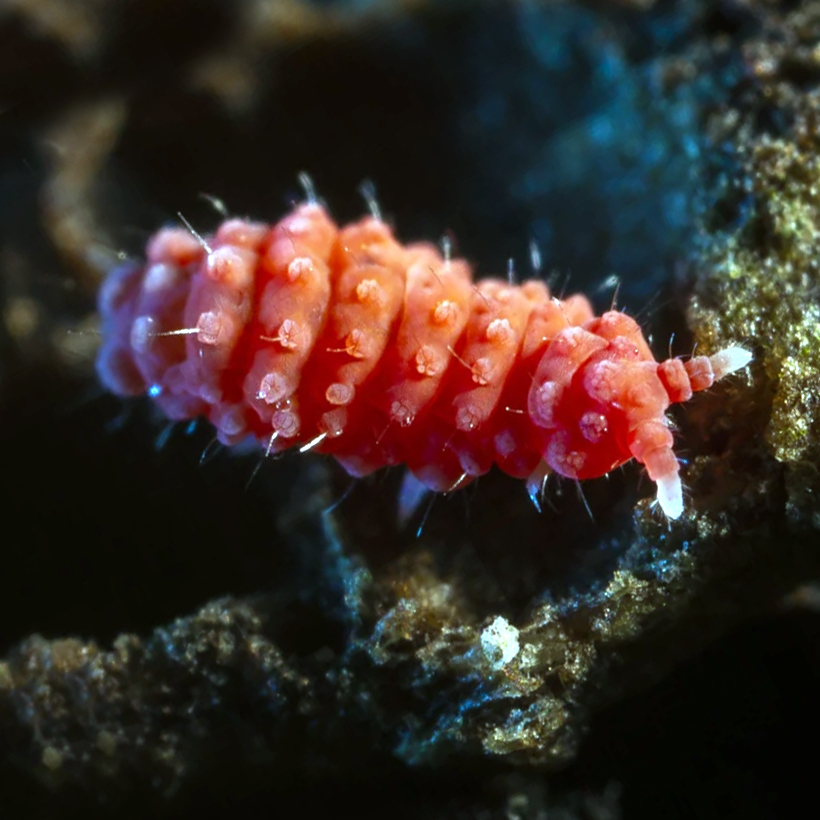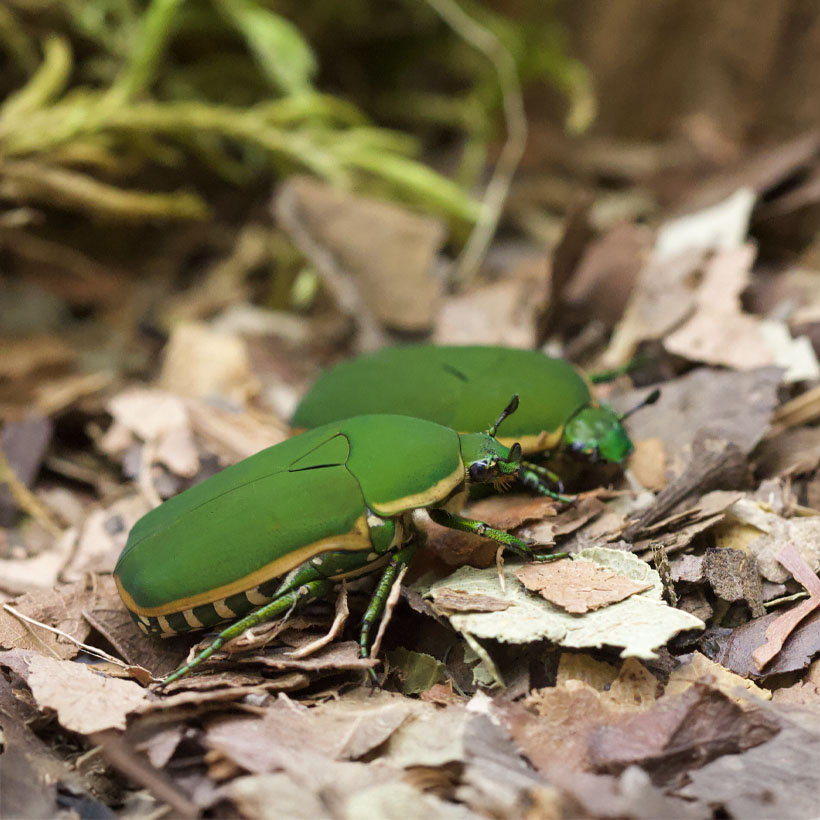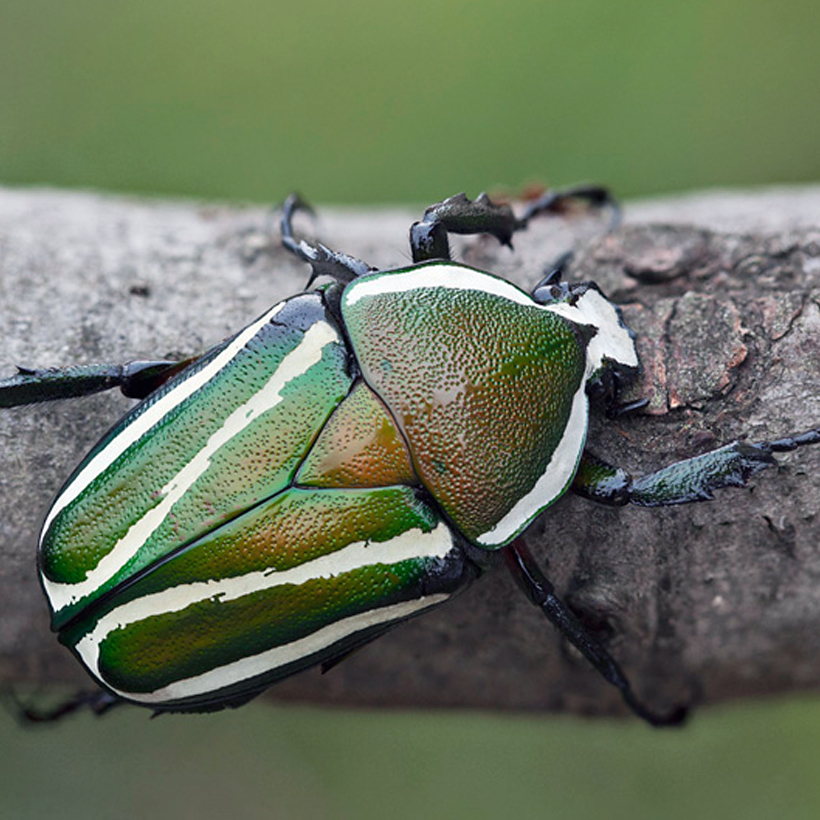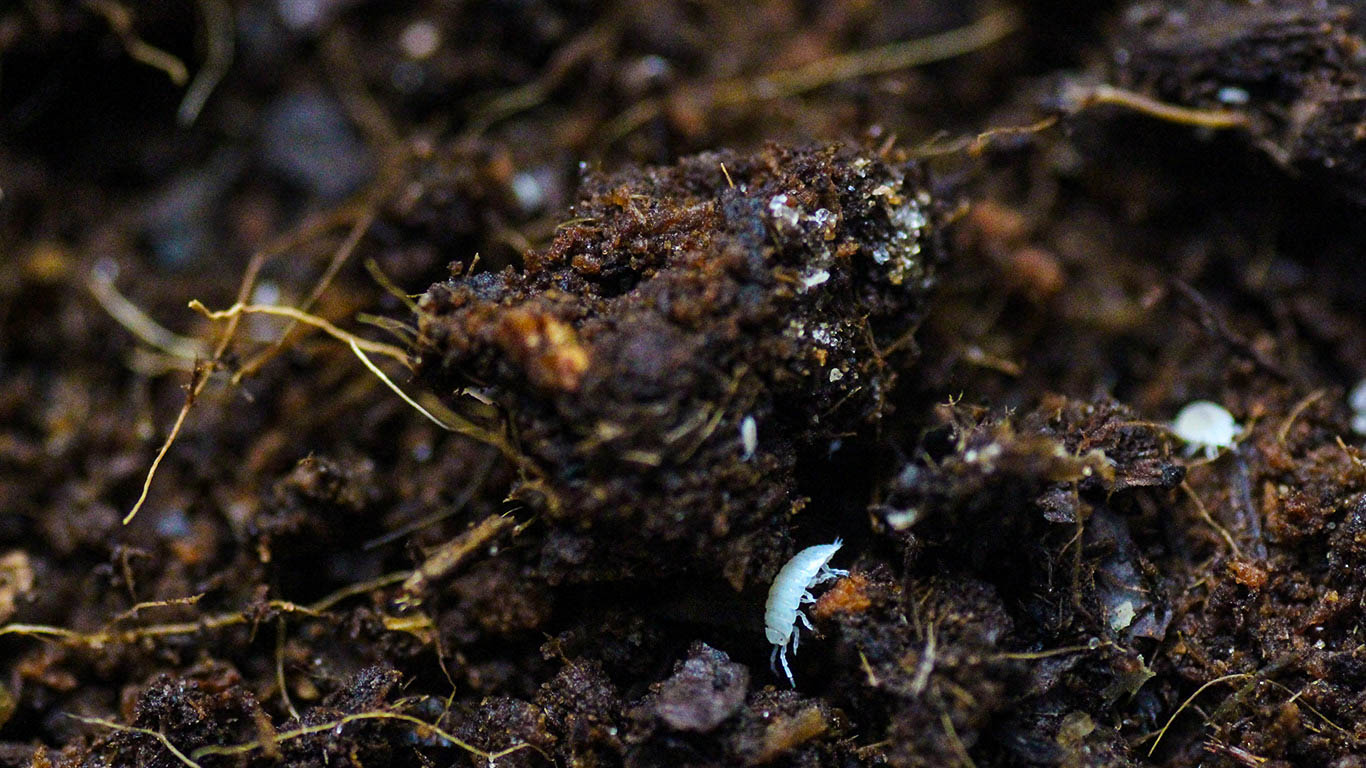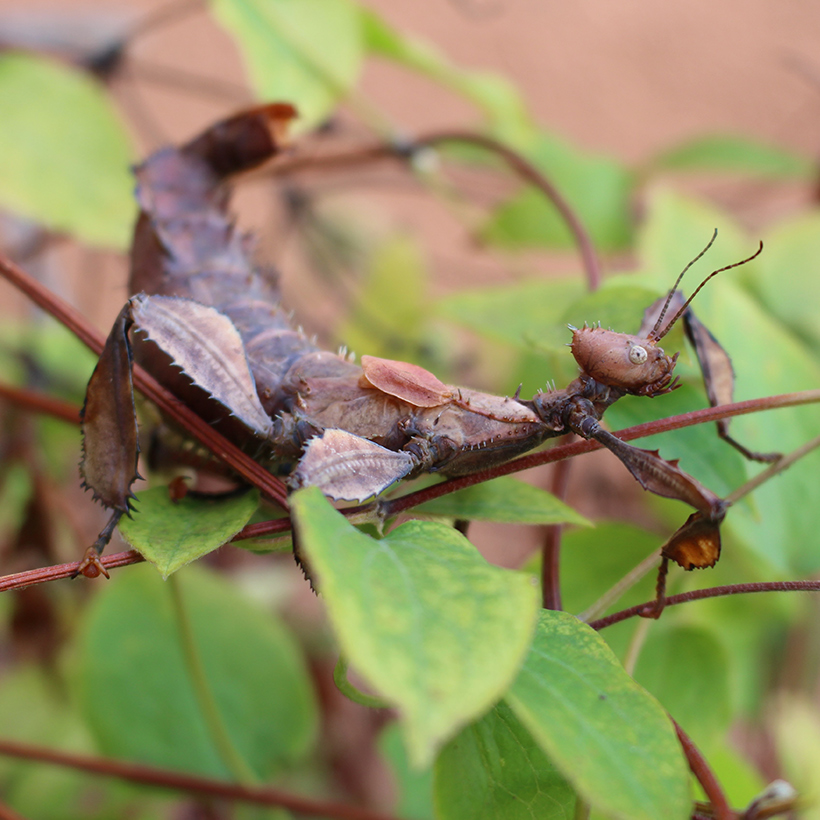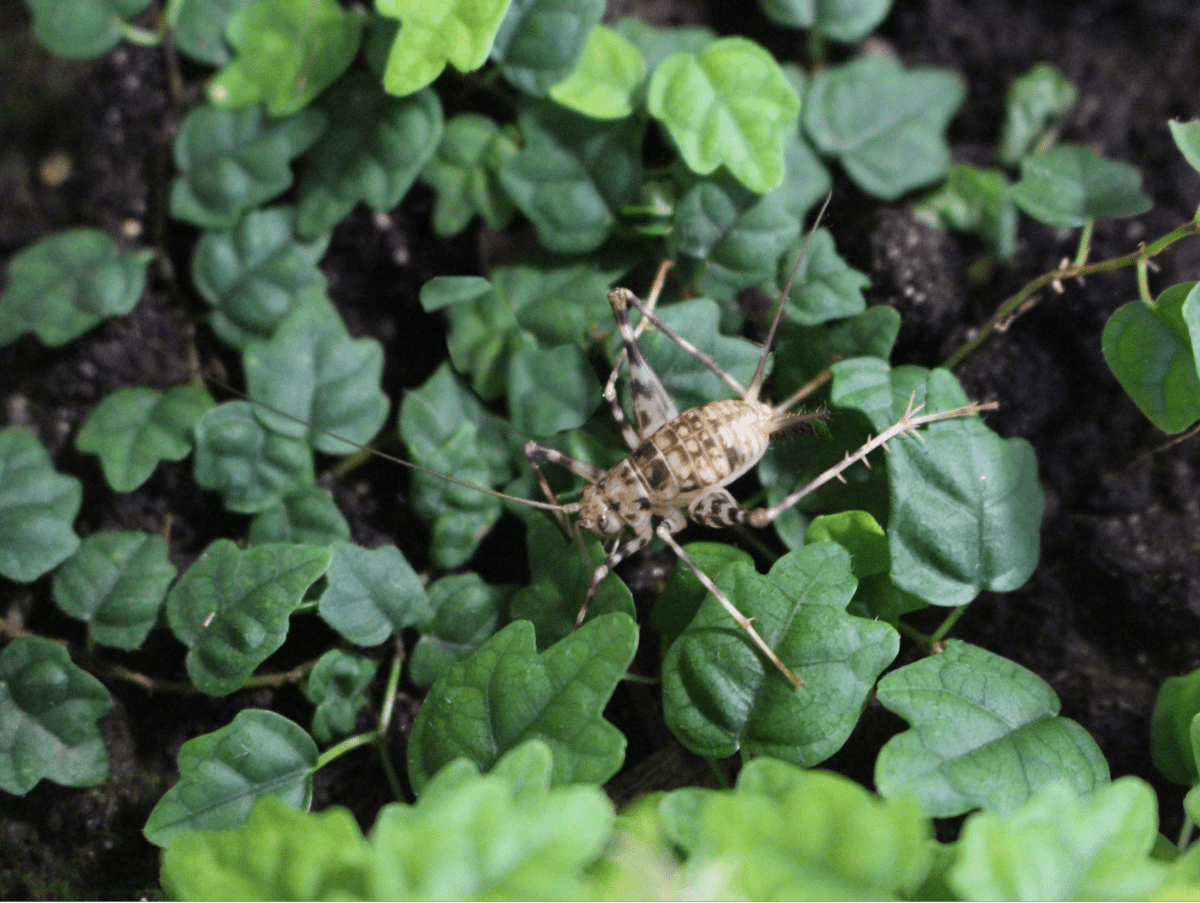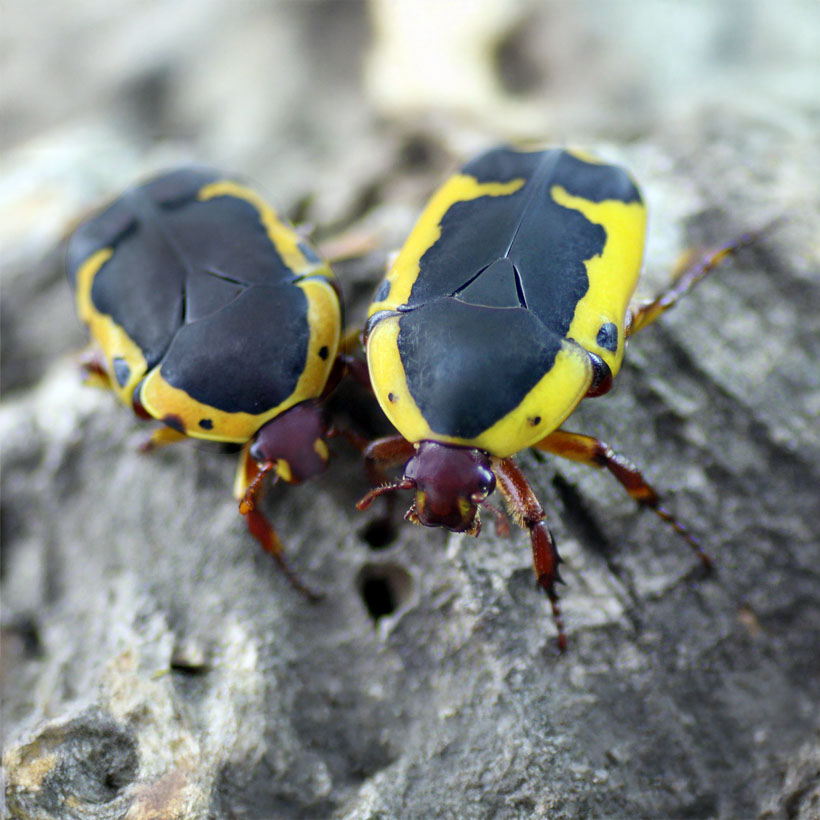Your cart is currently empty!
Bilobella braunerae “Reddish springtail”
3,00 € incl. VAT, plus shipping
(from 5 SU = 5% Discount, from 10 SU = 10% Discount)
Sales Unit: 12 animals
(from 5 SU = 5% Discount, from 10 SU = 10% Discount)
Sales Unit: 12 animals
Out of stock
Medium
Spain
< 4 mm
20°C – 26°C
Brief description:
Bilobella braunerae is perfect for anyone who wants to add some color to their cleaning crew. The reddish springtails are not a color mutation, but occur naturally. Quite striking, you might think, but this species was only discovered and classified in 1981.
Our breeding animals originally come from southern Spain and therefore do not require a diapause. A diapause is a lowering of the temperature in winter. Bilobella braunerae is also found in Central Europe and therefore does not have high temperature requirements.
There, too, they usually live hidden in dead wood under tree bark. They are relatively fearless in the terrarium and are often seen. They are comparable to the already known tropical white springtails. Differences can be found in their size and also in their behavior. Bilobella braunerae, for example, does not jump! They do not have a jumping fork, which makes them much more predictable to handle.
Of course, the relatively small springtails do not require a large terrarium. They can theoretically be bred in a cricket box, which would be a pity, as this species is much more effective in a beautiful forest terrarium. You can also socialize all kinds of species with Bilobella braunerae. Millipedes, Isopods, snails, scorpions, spiders and everything else that lives in forests appreciate the company of a first decomposer that removes the remains.
The substrate should consist of forest humus, white rotten wood and leaves. Alternatively, flake soil and foliage can also be used. The substrate should always be kept moist and should not dry out. We also feed a small pinch of springtail food every two days. This increases the reproduction rate and the animals develop faster. Of course you can also feed vegetables and fruit.
